We all know about the Classic of Tea, written by Lu Yu in the mid to late 8th century. It is widely known as the first book on the subject of tea, and has therefore received much attention over the years as a pioneer study in tea drinking. While the book is widely accessible in Chinese in its original form, it seems that in English there has only been one translation, and it is long out of print. I heard that somebody’s working on a second translation of it, and I’m sure it’ll be nice to have it in print again for the general public who might be interested in this book — a used copy of Carpenter’s translation runs at about $100 on Amazon, which is certainly not cheap.
I think what is significant about this book in general is that it forms the basis of so many tea drinking traditions, and looking back there are a number of things that we still hold true today that date back to his theories on tea. When reading it (and it is in fact very short) you often get the “hmmm” and “aha” moments quite often — things that you might have already observed in your own tea drinking, and yet have not yet formulated into something like a theory. Lu Yu puts it very simply and elegantly.
At the same time though, I do feel that sometimes we can take it too literally, and miss the point entirely. After all, tea drinking in the Tang Dynasty is not anywhere close to tea drinking in the 21st century. Everything from production to consumption has changed, quite significantly so, so trying to cling onto minute details in a book written in the 8th century doesn’t always work. Take his advice about teaware, which forms the entire middle section of the Classic of Tea. The practical, concrete advice he gives are probably entirely irrelevant to today’s tea drinking — to start, we now use whole leaves, whereas his tea was not. What is useful, however, is the principle behind such advice, which can sometimes be gleaned from reading between the lines.
On the selection of bowls, for example, he tells us at the end that the porcelain from Yuezhou and Yuezhou are both blue-green in colour (celadon type colour, I think), and therefore enhances the tea’s liquor into a white-reddish tone. Whereas those from Xingzhou is white, which makes the tea red, those from Shouzhou is yellow, which makes the tea purple, and those from Hongzhou is brown, and makes the tea black — none of these are good for tea. First of all, it’s interesting to note that the liquor of the tea he’s talking about is reddish, not greenish, which I imagine is a product of the roasting that takes place. Moreover though, he doesn’t think that white, which gives you the original colour of the tea liquor, is necessarily good, but instead the red-over-green is perhaps superior. Why? I don’t know if I have an answer to that at this point, but welcome any thoughts on this matter.
Another example is about the water kettle, which is a topic I’ve been thinking much about these days. On it, his advice is fairly simple — use iron. Porcelain or earthenware are both too fragile and not long lasting. Silver is nice and clear, but he thinks it too extravagant. Keeping in mind that during the Tang Chan (Zen) Buddhism was very much in vogue, one can probably see why he thought so. The name of the water boiling vessel is also interesting — it is fu é‘, which can also be written as 釜, which, if you read Japanese, you will know is the kanji for the word kama, i.e. the thing I showed a picture of a few days ago. Let’s not even try to get into how differently water boils in one of those things over a charcoal fire versus how water boils in a modern kettle — needless to say, they probably act a bit differently. What passes for a “third boil” in Lu Yu’s terms might not be quite the same as what we get these days with an electric kettle.
So in many ways, I think reading Lu Yu is like reading any religious text — you have to read for the principles and inspirations, and not necessarily for the practical details. Being a literalist while reading one of these older tea texts (and there are many) can lead to many contradictory and interesting, but not necessarily good, results. Tea drinking, just like any tradition, is constantly evolving and changes with the times. I’ve seen many writings on tea quoting Lu Yu as if he were the only credible source of tea knowledge, when in fact he was only the first among many. Keeping an open mind, but also keeping our perspective, is a useful thing even when it comes to enjoying our favourite beverage.

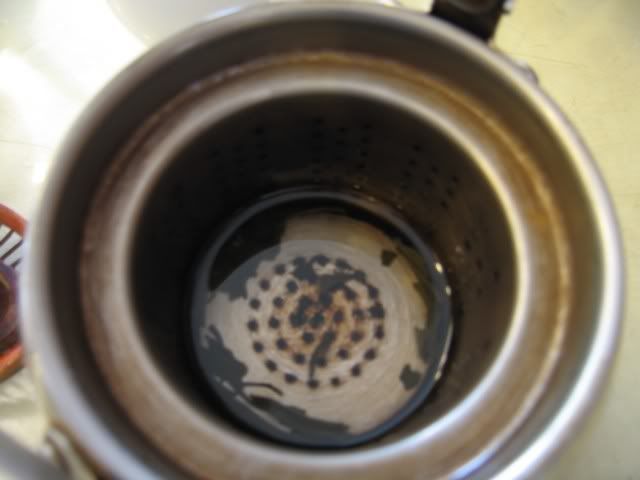

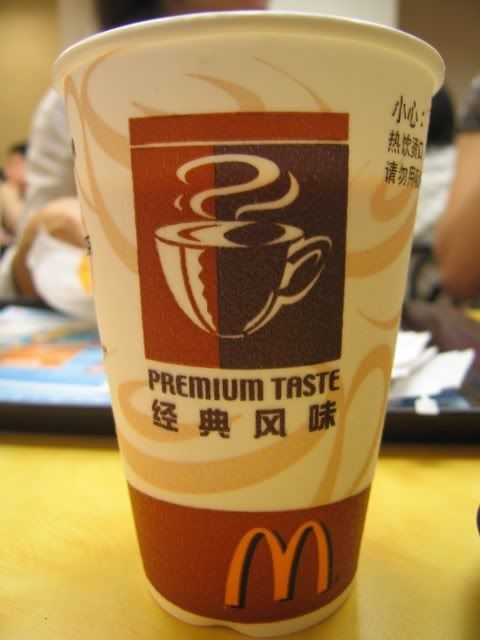




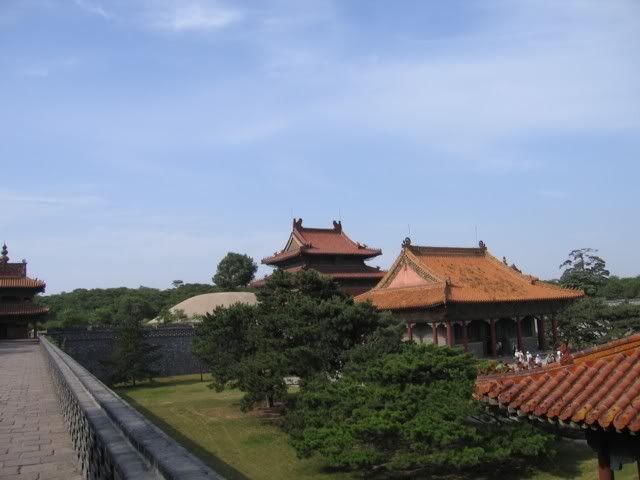



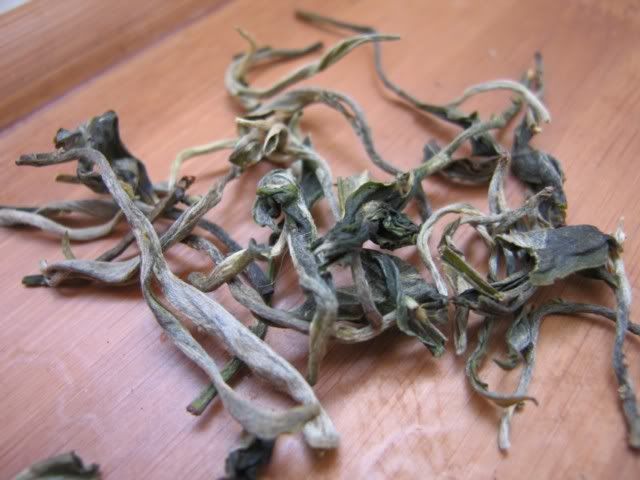
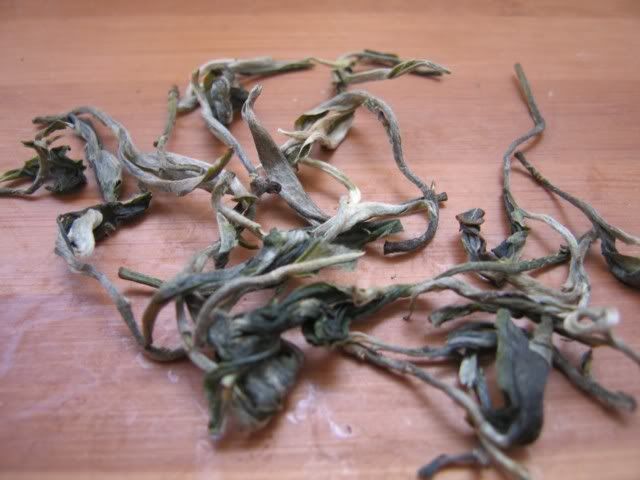




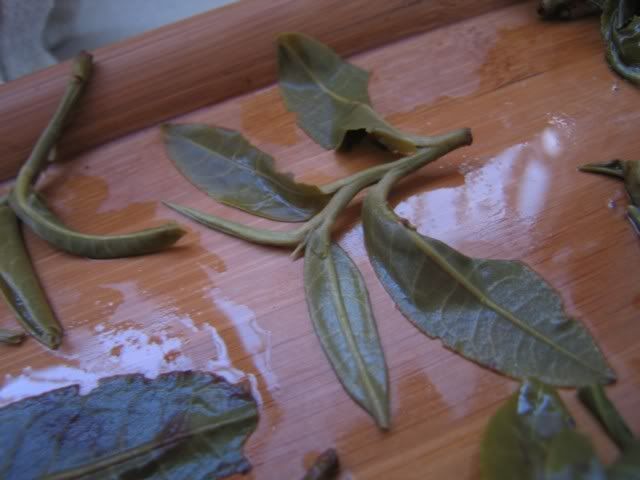
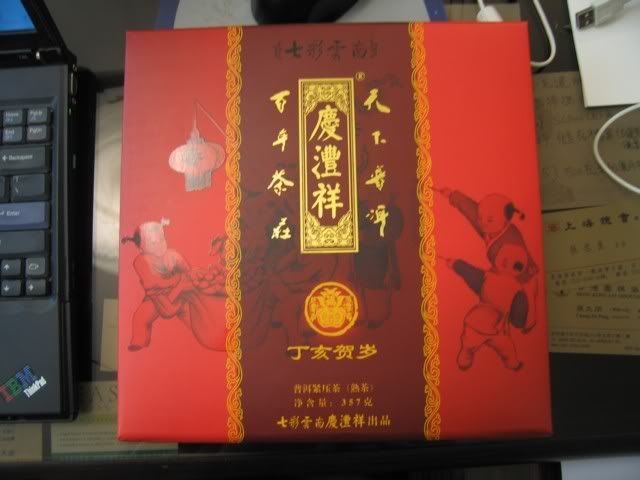




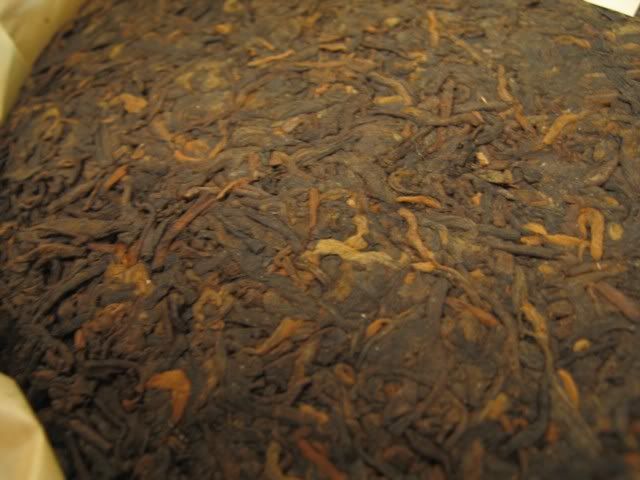


 RSS - Posts
RSS - Posts
I took you at your suggestion and have been reading some of your old post-Covid posts. I haven’t been to…